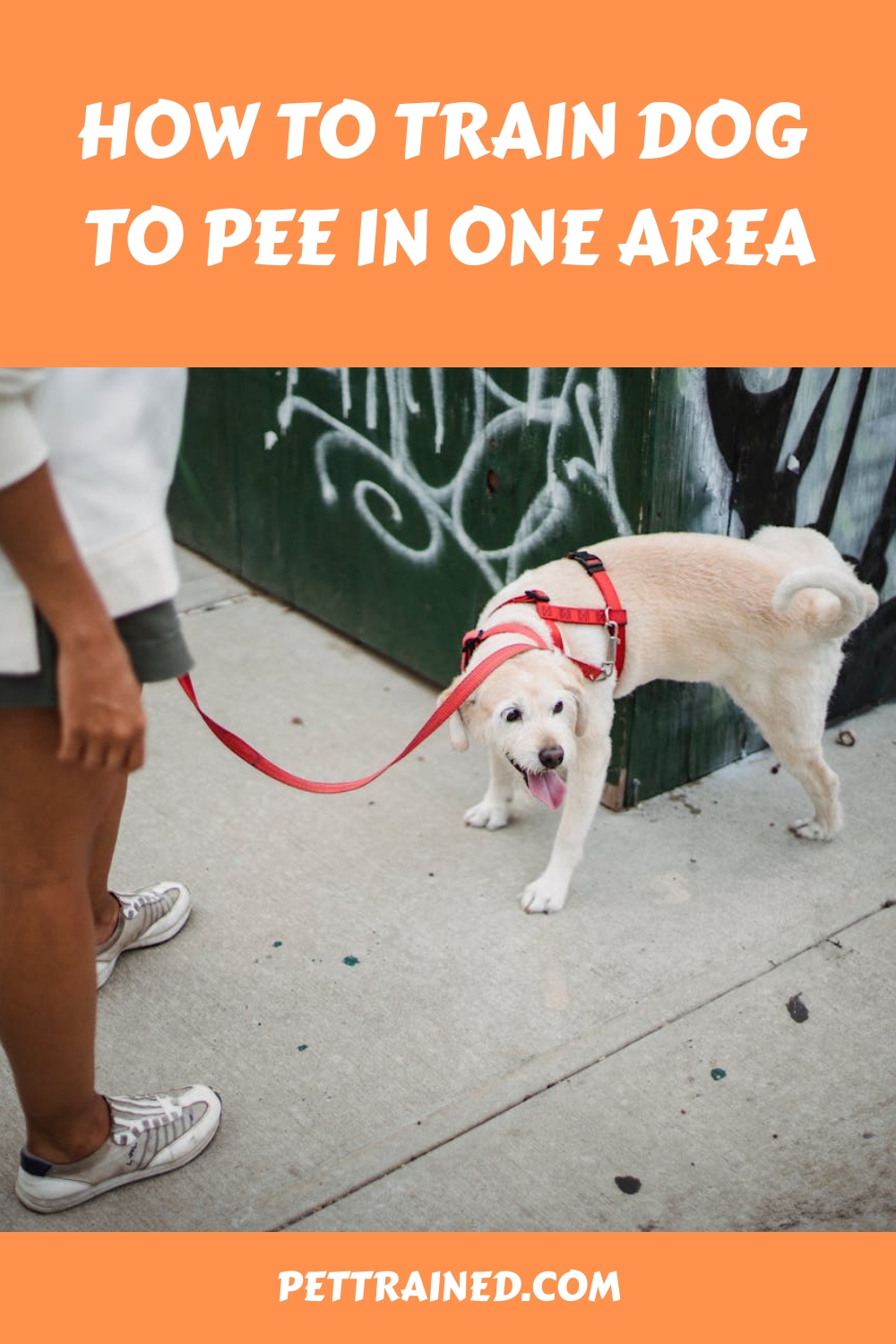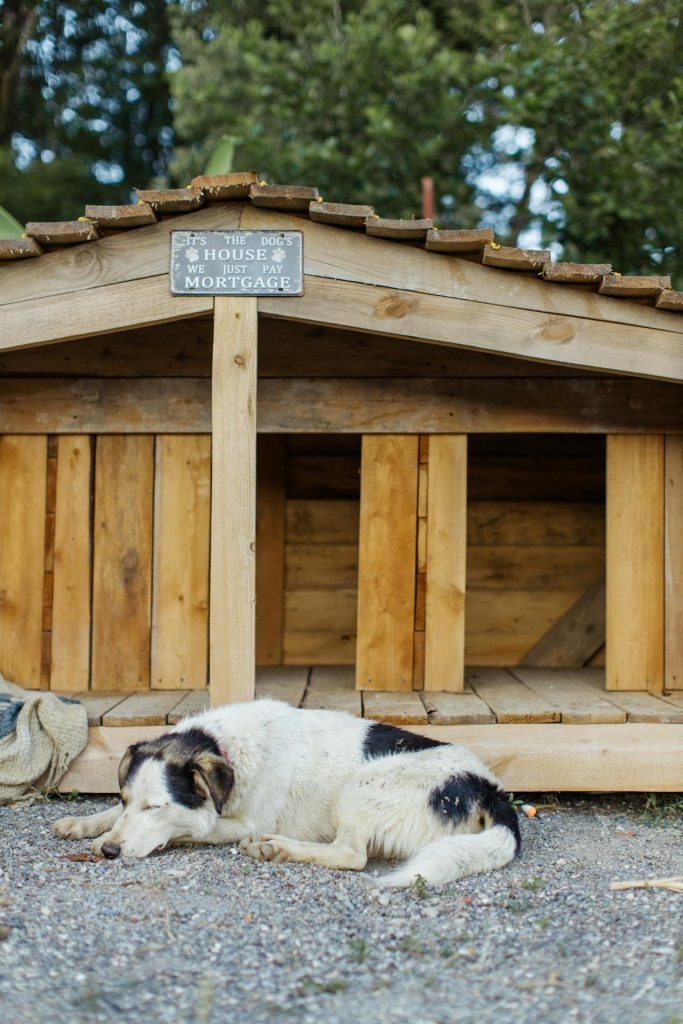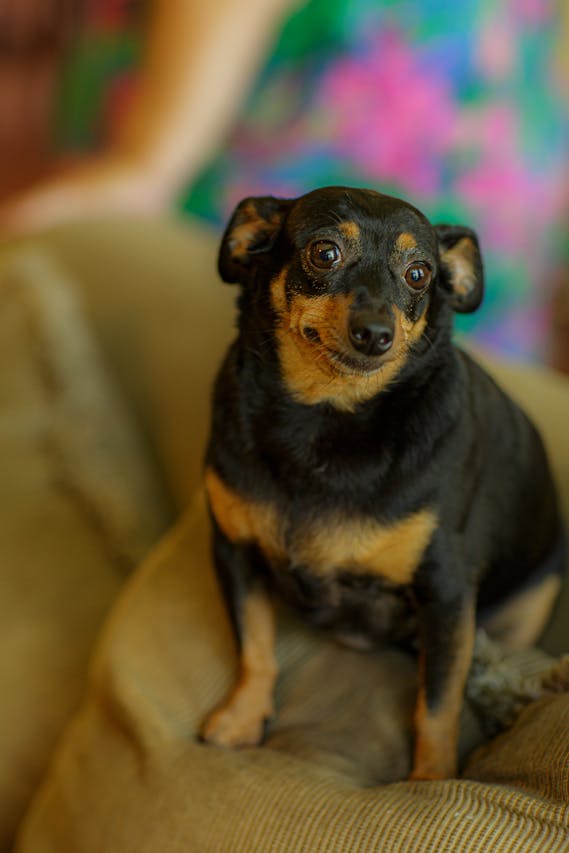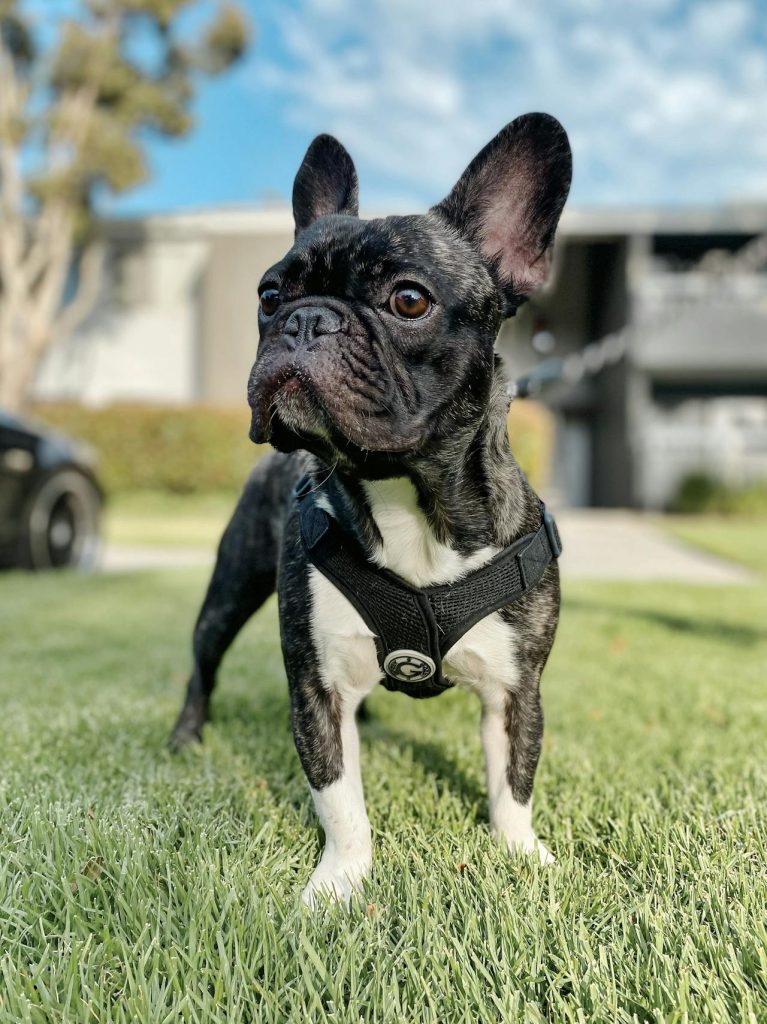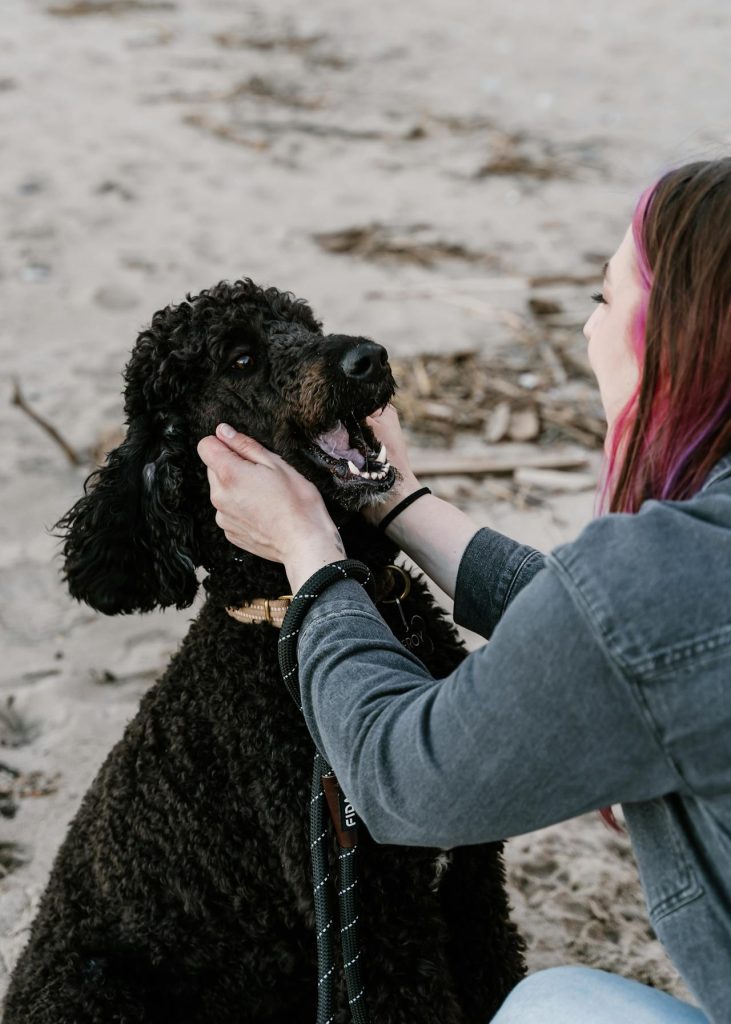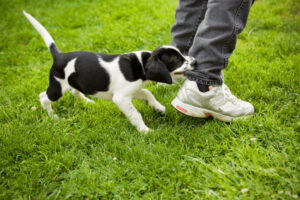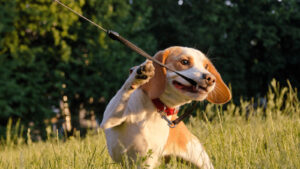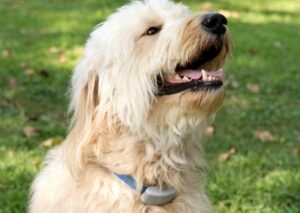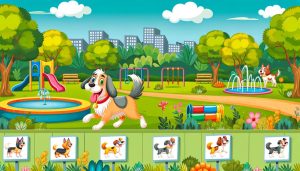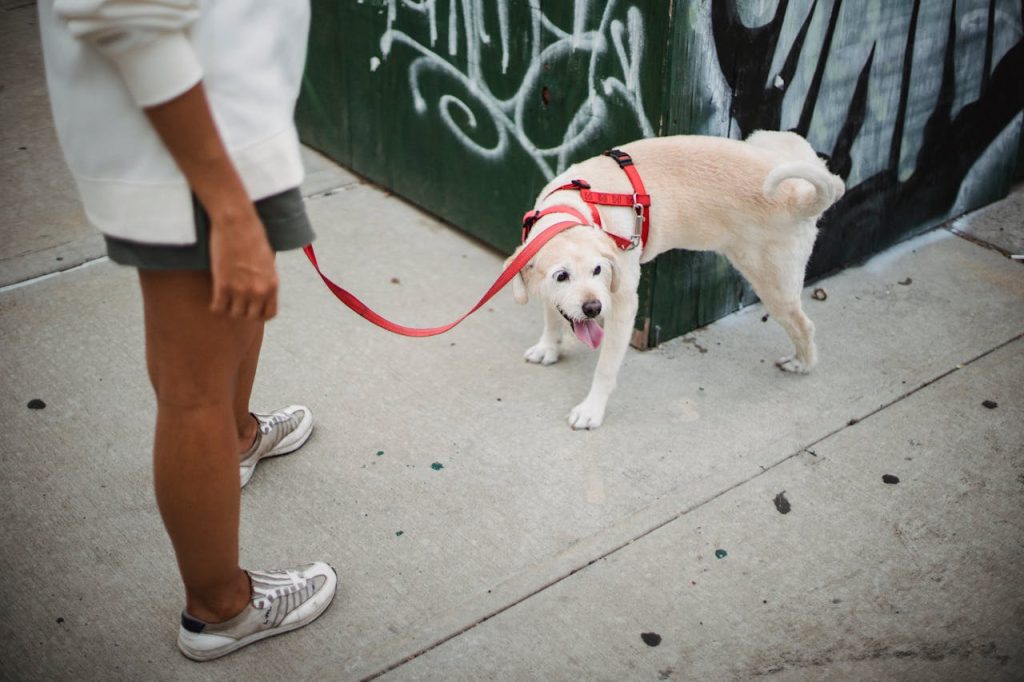
To train your dog to pee in one area, start by choosing the right potty spot, such as a grassy area or a puppy pad, that’s easily accessible and free from distractions. Set up a consistent potty schedule, taking your dog to the designated spot immediately after meals, naps, and playtime. Use positive reinforcement techniques like treats and verbal praise to reward successful potty breaks. Watch for potty signals, such as sniffing and circling, to intervene timely. By establishing a routine and rewarding good behavior, you’ll be on the path to successful potty training, with more strategies to explore for best results.
Table of Contents
Key Takeaways
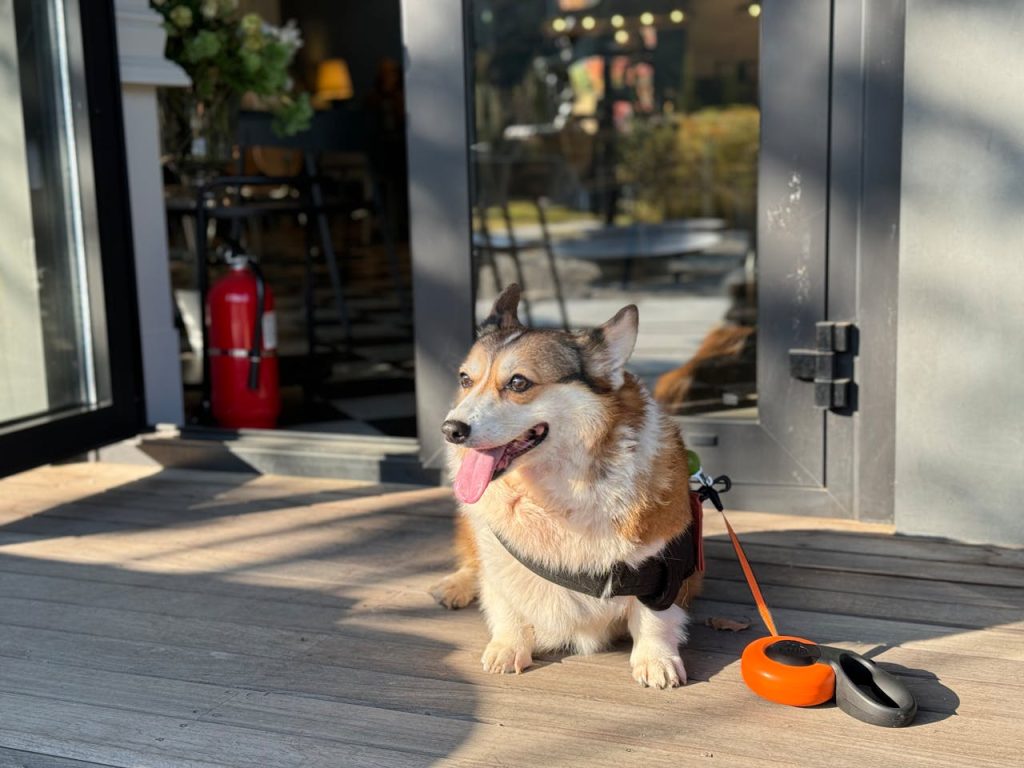
- Designate an easily accessible potty area close to the back door or specific yard location for consistent training.
- Create a schedule with regular potty breaks to establish a routine, adjusting for age, breed, and individual needs.
- Use positive reinforcement techniques like treats, verbal praise, and affection to reward desired potty behavior.
- Watch for distinct body language cues like sniffing, circling, and squatting to recognize when the dog needs to eliminate.
Choose the Right Potty Spot
Select a designated potty area for your dog that’s easily accessible, preferably close to your back door or a specific spot in your yard.
This will make it simple for you to take your dog to the same spot every time they need to go, which is essential for effective potty training.
When choosing the potty area, keep in mind outdoor accessibility. You don’t want to have to navigate through obstacles or walk too far, especially during inclement weather or at night.
Consider the surface of the designated area as well. Grass or gravel is best, as it allows for easy cleanup and won’t harm your dog’s paws.
This post contains affiliate links. However all the information provided on this site are my own honest opinions. See more in Disclaimer.
Avoid areas with plants or gardens that may be damaged by your dog’s waste.
Once you’ve selected the perfect spot, make sure to keep it clean and free of distractions to help your dog associate it with going to the bathroom.
Set Up a Training Schedule

Now that you have a designated potty area, it’s time to create a schedule that’ll help your dog learn to pee in that one spot, and stick to it.
A consistent schedule is essential to successful potty training techniques. Here’s a sample schedule to get you started:
| Time | Activity | Duration |
|---|---|---|
| 6:00 AM | Wake up and take dog to potty area | 10 minutes |
| 12:00 PM | Take dog to potty area after lunch | 10 minutes |
| 6:00 PM | Take dog to potty area after dinner | 10 minutes |
| 9:00 PM | Final potty break before bedtime | 10 minutes |
Remember to adjust this schedule according to your dog’s age, breed, and individual needs.
Scheduling tips include taking your dog to the potty area immediately after meals, naps, and playtime.
Consistency is vital, so stick to your schedule even on weekends and days off.
With time and patience, your dog will learn to pee in the designated area, making potty training a breeze.
Use Positive Reinforcement Techniques
As you’re establishing a consistent potty training routine, incorporating positive reinforcement techniques will encourage your dog to associate peeing in the designated area with rewards and praise.
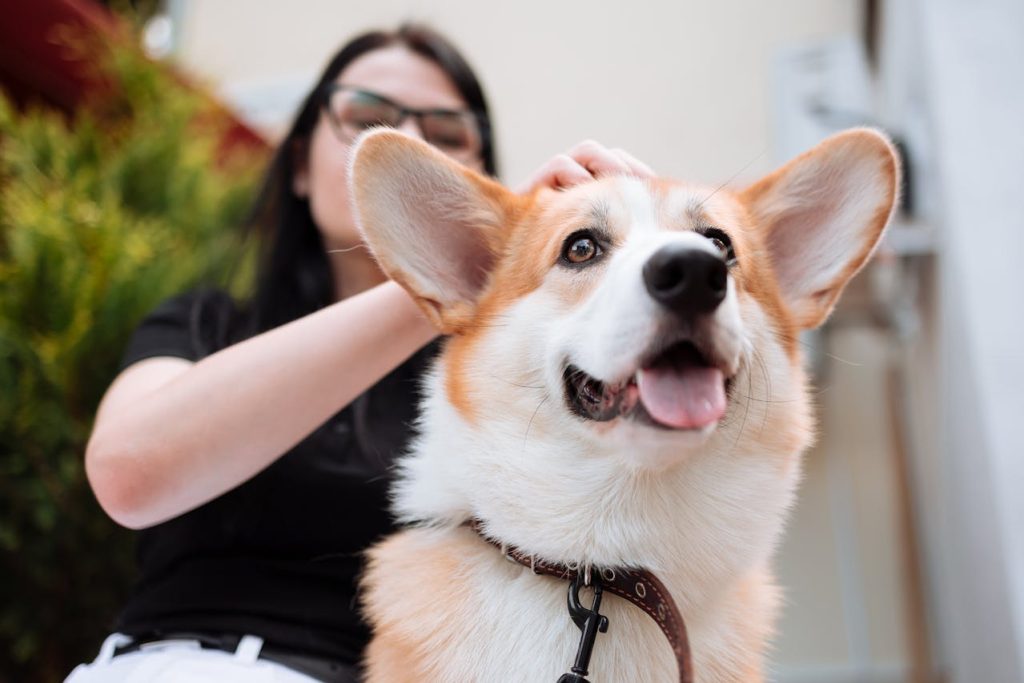
This approach focuses on rewarding desired behaviors, rather than punishing undesired ones.
Clicker training is a popular method that uses a distinct sound to mark the exact moment your dog performs the desired action, allowing you to immediately reward them with treats and praise.
By using reward systems, you can create a strong connection between the desired behavior and the reward.
Here are four ways to implement positive reinforcement:
- Treats: Use tasty treats to reward your dog for peeing in the designated area.
- Verbal Praise: Offer enthusiastic praise and affection when your dog performs the desired behavior.
- Playtime: Reward your dog with extended playtime or a favorite toy.
- Affection: Provide extra attention and affection, such as pats, hugs, or scratches behind the ears.
Watch for Potty Signals
To successfully train your dog to pee in one area, you’ll need to watch for potty signals.
You’ll learn to recognize your dog’s body language and timing, as these will become essential cues that indicate when they need to go.
Recognize Dog Body Language
Most dogs will exhibit distinct body language cues when they need to eliminate, and recognizing these signals is essential for successful potty training.
To effectively train your dog to pee in one area, you need to understand dog communication and body signals.
By paying attention to your dog’s postures, facial expressions, and movements, you can identify when they’re about to eliminate. See also our post on How To Do a Physical Exam on a Dog.
Here are key body signals to watch for:
- Sniffing and circling: Dogs often sniff and circle before they eliminate. If you see your dog exhibiting this behavior, quickly take them to the designated potty area.
- Pawing or squatting: Some dogs will paw at the ground or squat before they pee or poop.
- Looking for a quiet spot: Dogs often prefer a quiet, private spot to eliminate, so if your dog starts to wander off or seek seclusion, it may be a sign that they need to go.
- Relaxation of the muscles: A dog’s body will relax, and their muscles will release when they’re about to eliminate.
Timing Is Everything
Your ability to pinpoint the exact moment when your dog needs to eliminate is essential for successful potty training. By mastering timing techniques, you’ll be able to quickly respond to your dog’s needs and direct them to the designated potty area.
Watch for potty signals such as sniffing, circling, or squatting, which indicate that your dog is about to eliminate.
As you observe your dog’s behavior, you’ll start to notice patterns and rhythms. Use this information to make schedule adjustments that match your dog’s natural potty schedule.
For example, if your dog tends to pee immediately after meals, take them to the potty area within 15-30 minutes of eating. Similarly, if your dog pees frequently in the morning, adjust your morning routine to include a potty break.
Clean Up Accidents Properly
To train your dog to pee in one area, you must clean up accidents properly – it’s essential for successful potty training.
When your dog has an accident in the house, you need to remove all remaining urine odor to prevent re-marking the same spot.
Remove Urine Odor Completely
When accidents inevitably happen, removing urine odor completely requires a thorough cleaning process to eliminate any remaining scent that might attract your dog to the same spot again.

You’ll need to use the right cleaning products to get the job done. Look for urine neutralizers or odor eliminators specifically designed to remove organic stains and odors.
These products contain enzymes that break down the proteins in urine, eliminating the source of the smell.
To guarantee you remove urine odor completely, follow these steps:
Trending in Dogs:
- Act quickly: The sooner you clean the area, the better.
- Blot, don’t wipe: Use paper towels or a clean cloth to blot the area, focusing on soaking up as much of the urine as possible.
- Use the right cleaner: Apply a urine neutralizer or odor eliminator to the affected area, following the product’s instructions.
- Rinse and repeat: Once the area is clean, rinse it thoroughly with cold water to remove any remaining cleaner and urine residue.
Neutralize Accident Areas
Neutralizing accident areas is the next step in housetraining, building on the thorough cleaning process used to remove urine odor completely.

You need to eliminate any remaining scents that might attract your dog to the same spot again.
To do this, you’ll want to use a scent neutralization product specifically designed for pet accidents.
These products contain enzymes that break down the uric acid crystals in urine, rendering the area scent-free.
Prevent Re-Marking Spots
By cleaning up accidents thoroughly and effectively, you’ll prevent your dog from re-marking the same spot, an essential step in housetraining that helps break the cycle of repeat accidents.

Dogs exhibit re-marking behavior due to scent marking, a natural instinct that drives them to claim ownership of a particular area.
If you don’t eradicate the remaining scent, your dog will be drawn to the same spot again, making it challenging to train them to pee in one area.
To prevent re-marking, follow these steps:
- Act quickly: The sooner you clean up an accident, the better. The longer you wait, the more time the scent has to set, making it harder to remove.
- Use the right cleaning products: Choose a cleaner specifically designed to eliminate pet urine and feces odors.
- Rinse thoroughly: Confirm you remove all remaining residue and scent.
- Neutralize the area: Use a neutralizing spray or solution to eliminate any lingering scents that might attract your dog to the same spot again.
Gradually Increase Freedom
As your dog becomes more reliable with peeing in the designated area, you can start to give them more freedom in the house by gradually expanding their access to other rooms and spaces.
It’s crucial to establish freedom boundaries to prevent accidents and setbacks.
You can do this by blocking off rooms or areas you don’t want your dog to access or supervising them closely when they’re in new spaces.
As you give your dog more freedom, remember that gradual independence is key. Don’t suddenly give them access to the entire house if they’re not ready.
Start with small areas and gradually expand their access as they prove themselves to be reliable.
You can do this by setting up ‘zones’ in your home and gradually adding more zones as your dog becomes more trustworthy.
With patience and consistency, your dog will learn to navigate your home without having accidents, and you can enjoy the benefits of a well-trained canine companion.
Maintain Consistency and Patience
Consistency and patience are just as essential in the final stages of training as they were at the beginning. You’ll need to stick to the routine and schedule you’ve established to help your dog continue peeing in the designated area.
As you maintain consistency, make sure to continue using your reward system to reinforce desired behavior. Your dog relies on these cues to learn and remember where to go.
To stay on track, keep the following principles in mind:
- Stick to your schedule: Continue to take your dog to the designated potty area at the same times each day.
- Monitor and reward: Keep a close eye on your dog’s behavior and reward them with treats and praise when they go to the right spot.
- Watch for behavioral cues: Pay attention to your dog’s signals, such as sniffing or circling, and quickly take them to the designated area.
- Be patient with accidents: If your dog makes a mistake, don’t scold or punish – simply clean up and move forward.
Frequently Asked Questions

“You’ll see progress in your dog’s potty training timeline within 1-3 months, but consistency is key. Stick to a routine and reward good behavior to reinforce learning; consistency importance can’t be overstated for successful training.”
You may think potty training is only for puppies, but adult dogs can learn too. With consistency and patience, you can teach your adult dog to use a specific potty spot, eliminating unwanted accidents.
If your dog has medical issues, you’ll need to address them first. Consult with your vet to rule out underlying health problems that may be causing potty training difficulties or behavioral concerns, affecting your dog’s overall health.
You’ll effectively train your dog to pee in one area in an apartment by utilizing indoor potty solutions, such as puppy pads, and implementing scent training techniques to create a designated potty zone.
You’re considering a game-changing decision: ditching the traditional potty routine for innovative potty pads or litter boxes. Weighing potty pad advantages, such as cleanliness and convenience, against litter box alternatives will determine your dog’s potty fate.
Conclusion
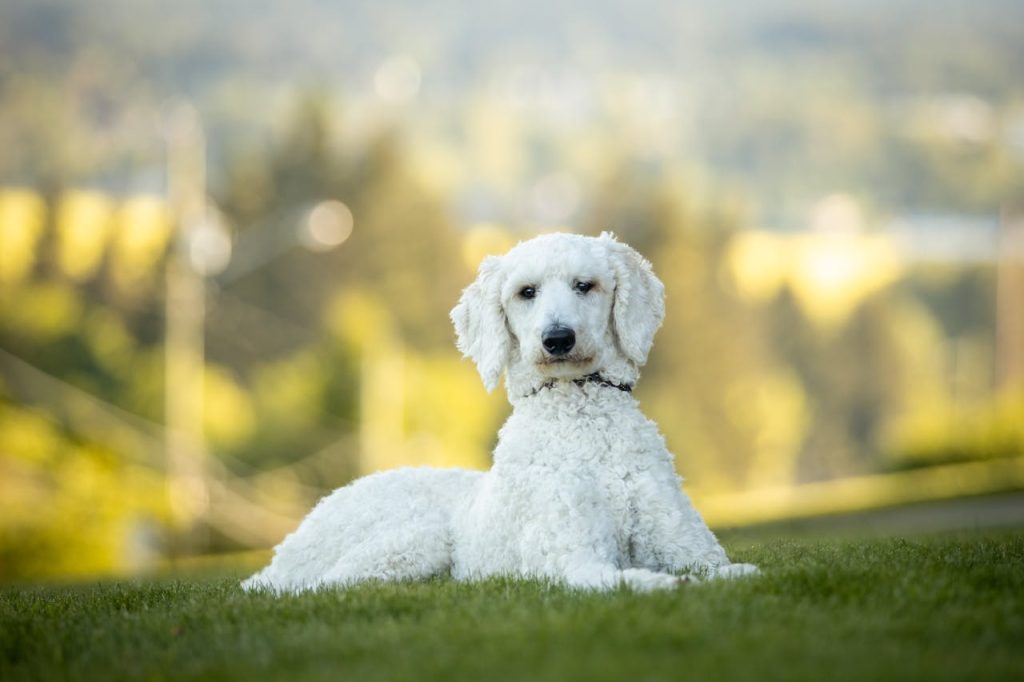
You’ve made it through the arduous process of training your dog to pee in one area – congratulations!
Now you get to enjoy the thrilling life of scooping poop and worrying about accidents.
But seriously, with consistency, patience, and positive reinforcement, you’ve taken a huge step towards a cleaner, healthier, and happier life for both you and your furry friend.
Stick to the routine, and you’ll be enjoying accident-free bliss in no time.
